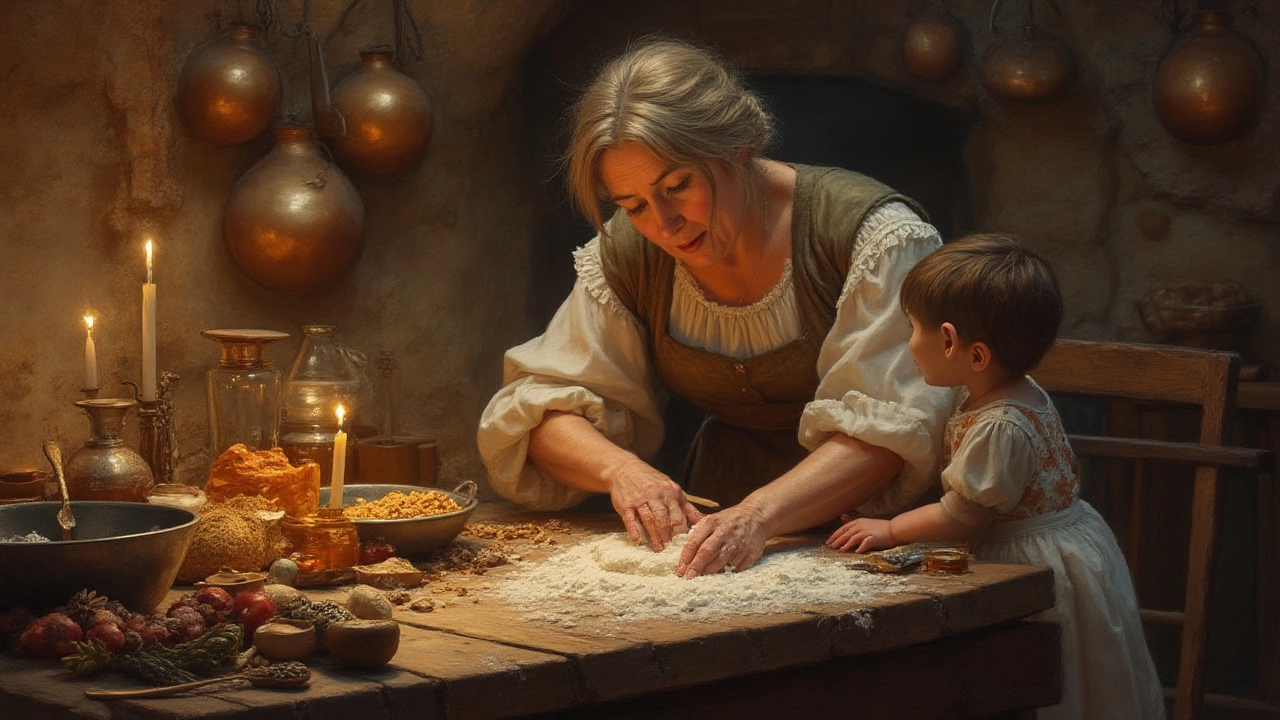
Cookie history is a bit wilder than most people expect—turns out, they predate Instagrammable crinkles and pastel macarons by thousands of years. Picture an Egyptian scribe nibbling a honey-soaked bite, or a Roman soldier with a pouch of spiced biscuits. Cookies are basically the prehistoric snack that refused to disappear, changing shape with every trade route and empire. Let’s figure out which four cookies really started it all and how they still work their magic centuries later.
Tracing the Origins: Where and How Ancient Cookies Took Shape
Before cookies were whipped up in modern kitchens, they came from places thick with spice markets, bustling with traders and families inventing ways to stretch their ingredients. Most baking historians—yes, that’s a real thing—agree that cookies go back to 7th-century Persia (now Iran), right when sugar went mainstream in the Middle East. These tiny, sweet cakes traveled along spice roads by caravan, making friends as they hopped from desert tent to European castle.
The first cookies didn’t really look like your average chocolate chip. The ancient ones were gritty, loaded with nuts, dried fruit, and lots of honey—not sugar. Why? Sugar used to be a luxury. One batch could cost a fortune, so home bakers got clever. If you wanted cookie-like snacks in ancient Greece or Egypt, you’d likely grab for ground sesame, dates, or barley mixed with honey, maybe shaped by hand and sun-baked instead of oven-baked. Sesame seed cookies, for example, started as simple clusters but were loved enough to show up on tomb walls. That’s how obsessed people were with sweet, portable carbs.
A few centuries later, ancient Romans baked their own version called ‘libum,’ a sweet cheese bread sometimes dressed up with honey. They also loved biscotum (from which we get the word “biscuit”)—twice-baked snacks hard enough to last a journey but tasty enough for dinner parties. This double-baking trick made it super easy for armies and merchants to stuff their pockets and keep moving. Funny enough, that same trick became the base for biscotti in Italy and rusk everywhere else.
Trade changed everything. By the medieval period, cooks in Asia, Africa, and Europe swapped recipes and spices like cinnamon, ginger, and black pepper—staples in gingerbreads and Lebkuchen (spiced honey cookies from Germany). Cookies ended up more than just a sweet fix; they became tokens for holidays, symbols of luck, and even peace offerings. Fancy, right?
By the time colonists shipped out to the Americas, cookie recipes were well-traveled. Folks in the Netherlands made crisp buttery coins called ‘koekje,’ literally meaning “little cake.” The Dutch brought their ‘speculaas’ and ‘jan hagel’ right along, weaving cookie love straight into American kitchens. The United States’ first printed cookbook, Amelia Simmons’ “American Cookery” (1796), actually featured American-style cookies before ‘cookie’ was a thing in Britain. Britons would rather call them “biscuits”—that’s a whole other debate.
Look closely at your next batch, and you’ll find a trace of history in the crumb. Old-world cookies still shape what flavors and shapes we crave. The thrill of sweet dough, crisped at the edges, never really goes out of style.
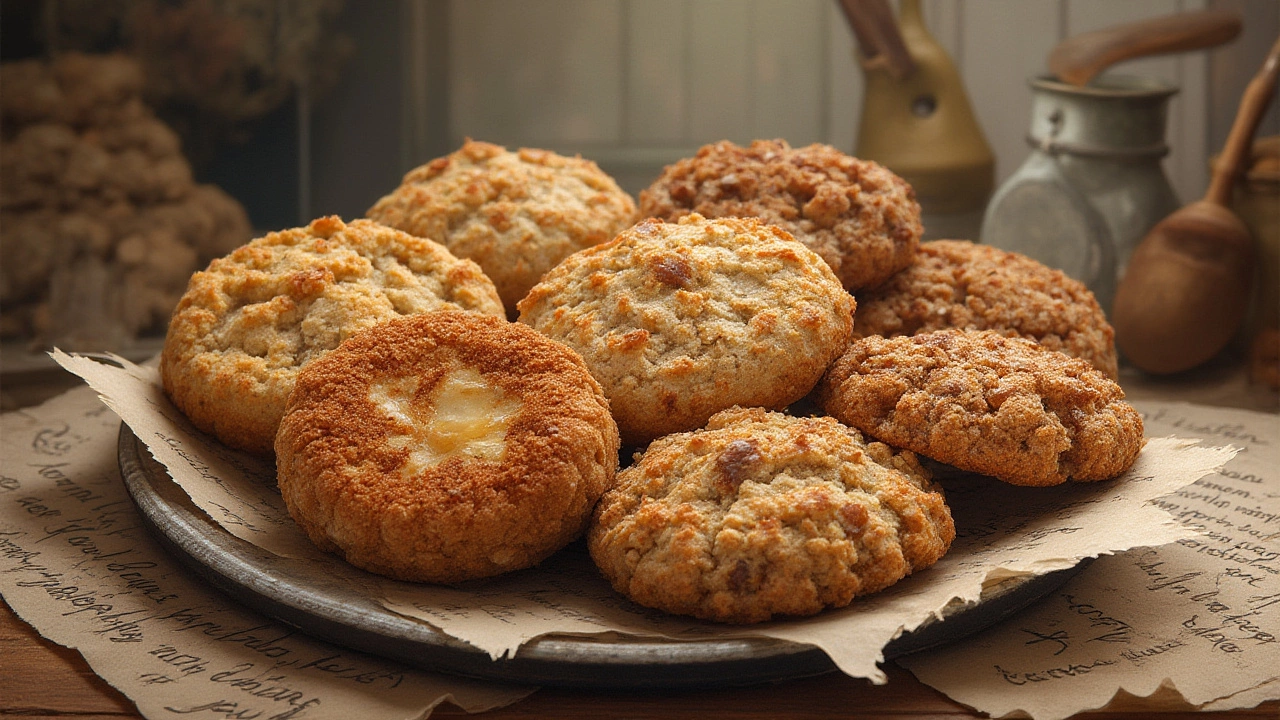
The Four Ancient Cookies: Recipes Lost and Cookies That Survived
Narrowing down the four ‘ancient’ cookies is kind of like assembling an all-star team from dusty cookbooks. Each cookie below has been eaten and remembered across centuries, with recipes you can still slip into your own kitchen—if you’re adventurous, that is.
- Barazek (Ancient Middle East and Persia): These golden discs are loaded with sesame seeds and pistachios, slightly sticky with honey or syrup. They’ve popped up in Persian, Syrian, and Palestinian kitchens, everywhere spices and nuts were traded. Rich in flavor and held together by simple ingredients, Barazek shows up at holidays and weddings as a symbol of prosperity and care.
- Ma’amoul (Middle East): Shaped like little domes, Ma’amoul are stuffed shortbread cookies, usually packed with dates, figs, or walnuts, spiced with cinnamon. Their roots go as far back as the ancient Levant—brought out for Eid, Easter, and any big family gathering. There’s even archaeological evidence of ancient cookie molds and impressions in the ruins of Palmyra, Syria.
- Roman Biscotum (Ancient Rome): These were more survival snack than treat—double-baked bread meant to last on the road. Yet, the basics remain the same as today’s biscotti: flour, sweetener (honey), and spices if you could afford them. The hard texture was on purpose—to keep it from spoiling. Taverns even dunked them in wine, just like we do now.
- Ancient Egyptian Kahk: Yes, the world’s oldest cookie probably belongs to Egypt—kahk looks like a small, round biscuit and has been a Ramadan staple for over a thousand years. But older versions, found in tombs dating to the Pharaohs, were sweetened with date paste and flavored with nuts and spices. Kahk molds with elaborate patterns still survive, proof that Egyptians took cookies very seriously.
So, what made these cookies stick around? Preservation. All use ingredients that last without refrigeration—nuts, dried fruit, honey, even clarified butter. These were life hacks before anyone called them that, helping food survive desert treks, battles, and long winters. Sweet, portable, and packed with energy, ancient cookies outlasted a lot of other food trends (sorry, Roman garum fish sauce).
The emotional side is just as strong. Barazek reminds Syrians of home during war and exile. Ma’amoul brings families together for hours of hands-on shaping and storytelling. Kahk is something Egyptian kids look forward to making every Eid. Even biscotum—reborn as biscotti—became a café treat, a centuries-old excuse to linger over coffee.
| Cookie Name | Origin | Key Ingredients | Cultural Significance |
|---|---|---|---|
| Barazek | Ancient Persia/Middle East | Sesame, pistachio, honey, wheat flour | Holiday treat; symbol of prosperity |
| Ma’amoul | Ancient Levant | Dates, figs, walnuts, semolina, butter | Special occasions; bringing families together |
| Roman Biscotum | Ancient Rome | Wheat flour, honey, eggs (later), anise | Portable travel food; basis for biscotti |
| Kahk | Ancient Egypt | Date paste, flour, nuts, clarified butter | Eid staple; found in ancient tombs |
If you’re itching to try these cookies yourself, you can find modern recipes online adapting local staples—think swapping butter for ghee, adding your favourite nut, or sneaking in a bit of citrus zest. No ancient oven required. Just a mixing bowl, a willingness to get your hands sticky, and maybe a friend to lick the spoon.
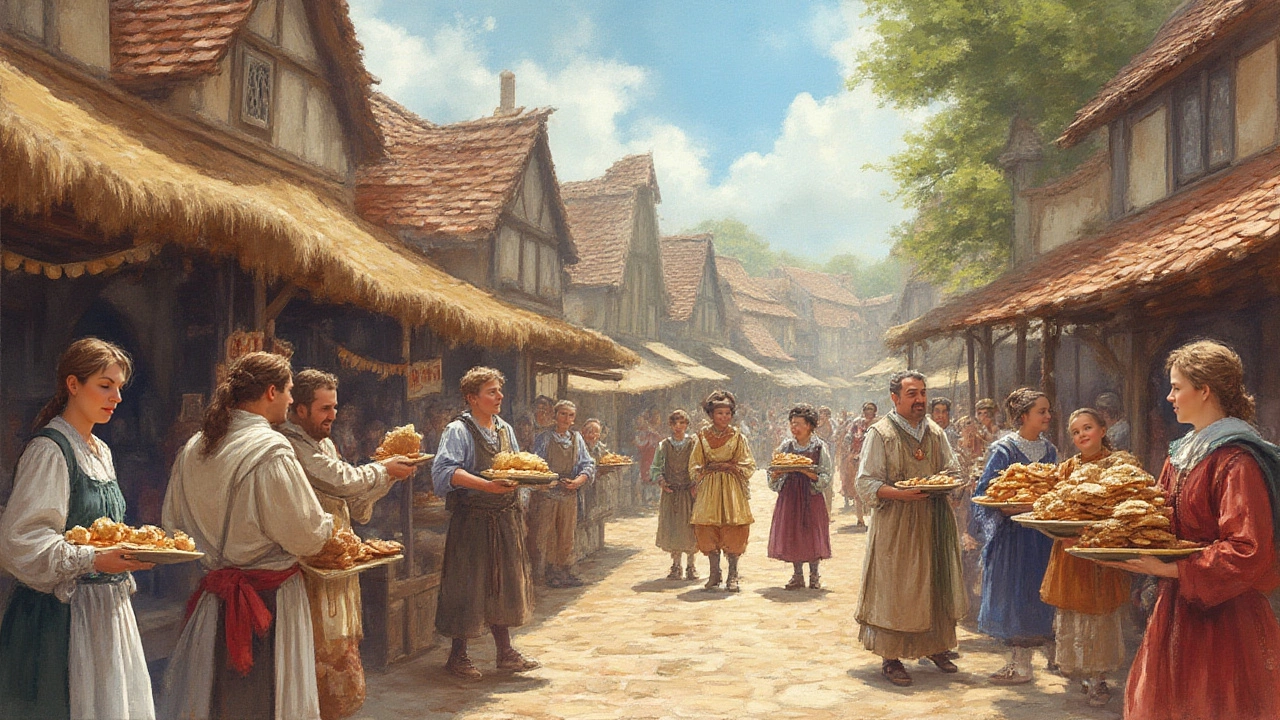
Bringing Ancient Cookies Home: Why They Still Matter and How to Bake Them Today
It’s crazy to think your next coffee break pastry could share DNA with something made 3,000 years ago. Ancient cookies aren’t just quirky museum pieces—they’re proof that sweet treats have always been about more than just eating. Each bite of ancient cookies connects you to people long gone, whose daily lives weren’t so different when it came to baking a bit of joy for the people they cared about.
What blows people’s minds is how easy it is to work ancient techniques into modern kitchen life. You don’t need a temple or a stone oven—your trusty stovetop, oven, or even an air fryer (seriously, I tried!) does the trick. Say you want to try Barazek—mix sesame, pistachios, honey, and a little butter with flour, press them into small discs, bake until golden, and try not to eat them all before they cool. For Kahk, shape flour and clarified butter dough into rounds around a date filling, stamp with a fork, and bake. That’s the essence of ancient cookies—simple, hearty, fuss-free.
If you’re a recipe collector, grab tips from folks still making these treats today. Some Ma’amoul recipes recommend freezing the dough to make molding easier, while Barazek gets a more intense flavor if you lightly toast the sesame seeds first. Roman Biscotum begs for a good dunk—using wine is traditional, but coffee or hot chocolate is equally epic.
Then there’s the social side. Ancient cookies have always marked celebrations, but they’re also perfect for the mundane days that just need a sweet, sturdy snack. Want to feel connected to history? Make Ma’amoul with your kids. Or host a Kahk-baking day and let everyone add their own twist—maybe a pinch of ginger, or a square of dark chocolate tucked inside. There’s a reason cookies like these keep turning up wherever people gather.
Give some away—cookies were ancient gifts too, so drop a tin off to a neighbour or friend. Need a new holiday tradition? Roll and press Kahk shapes for something that feels truly festive and ancient at the same time. With the world kind of bonkers right now, baking ancient cookies is a tiny rebellion: a hands-on, edible way to say you want a taste of something simpler and shared. And hey, now when someone asks you for the “oldest cookie recipe,” you’ve got four answers, not just one.


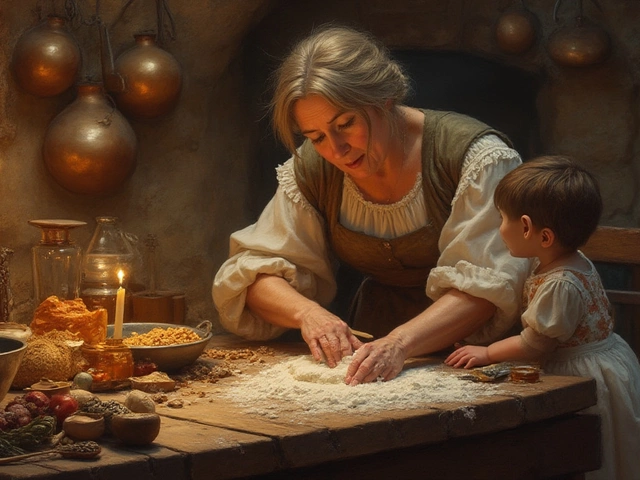
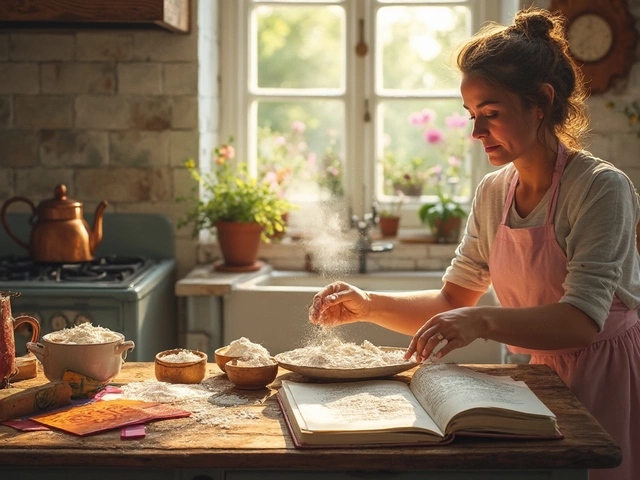
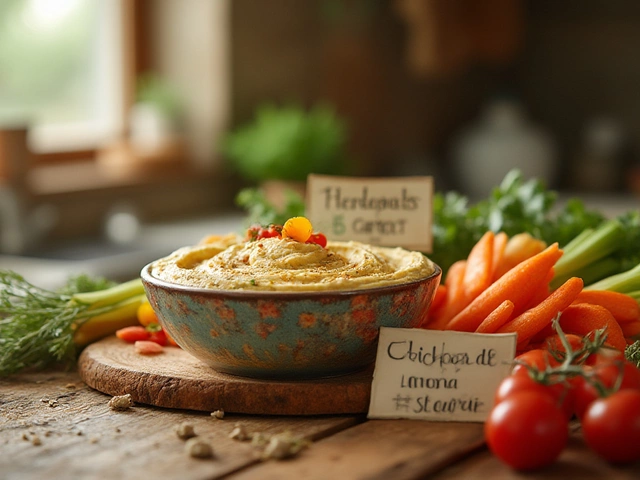
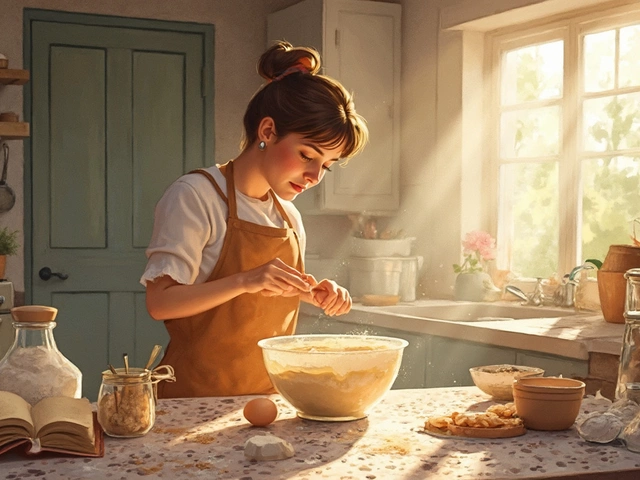

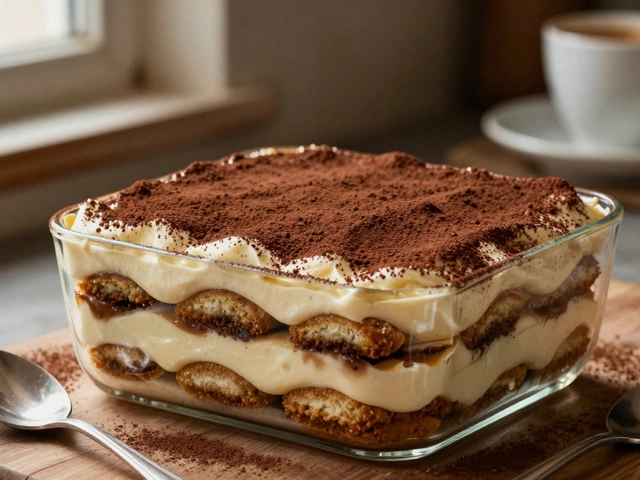
Write a comment